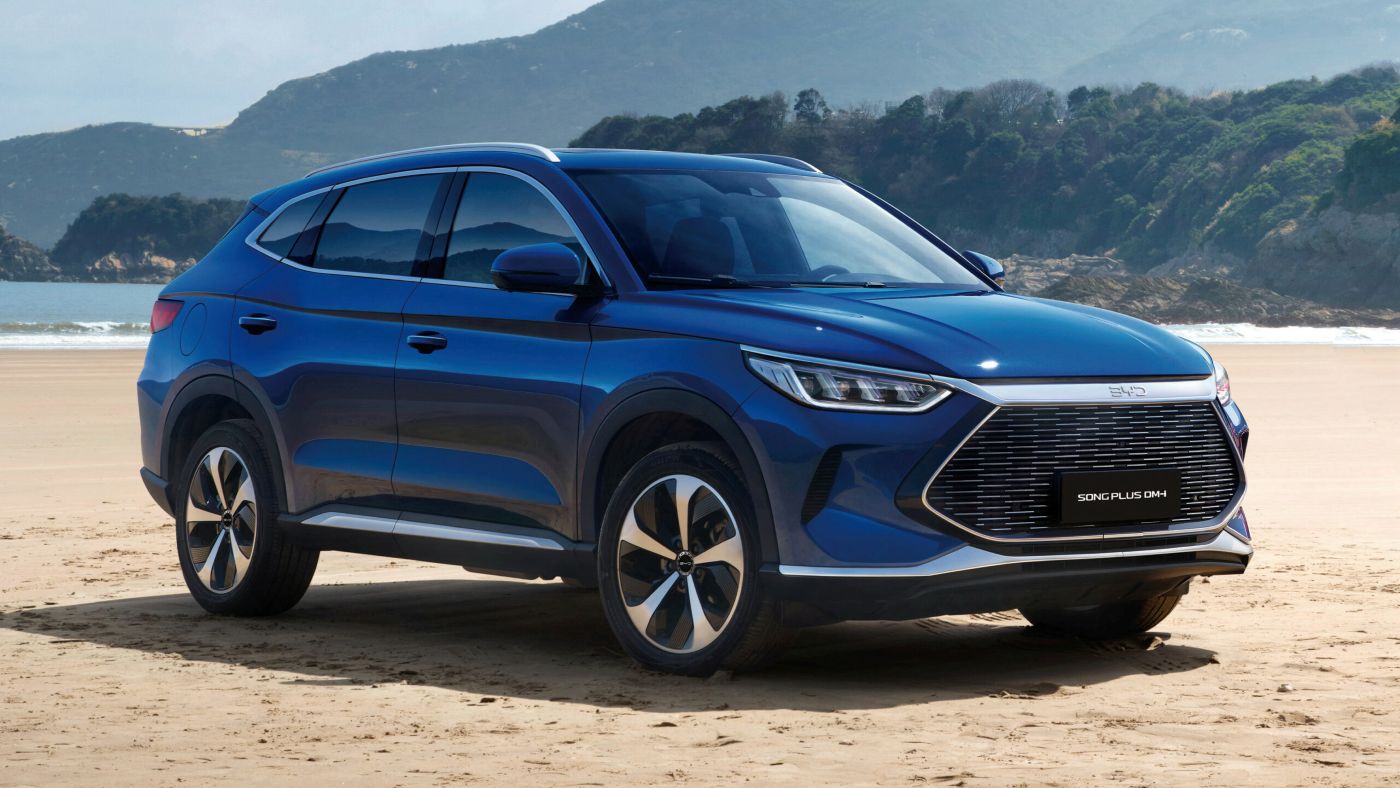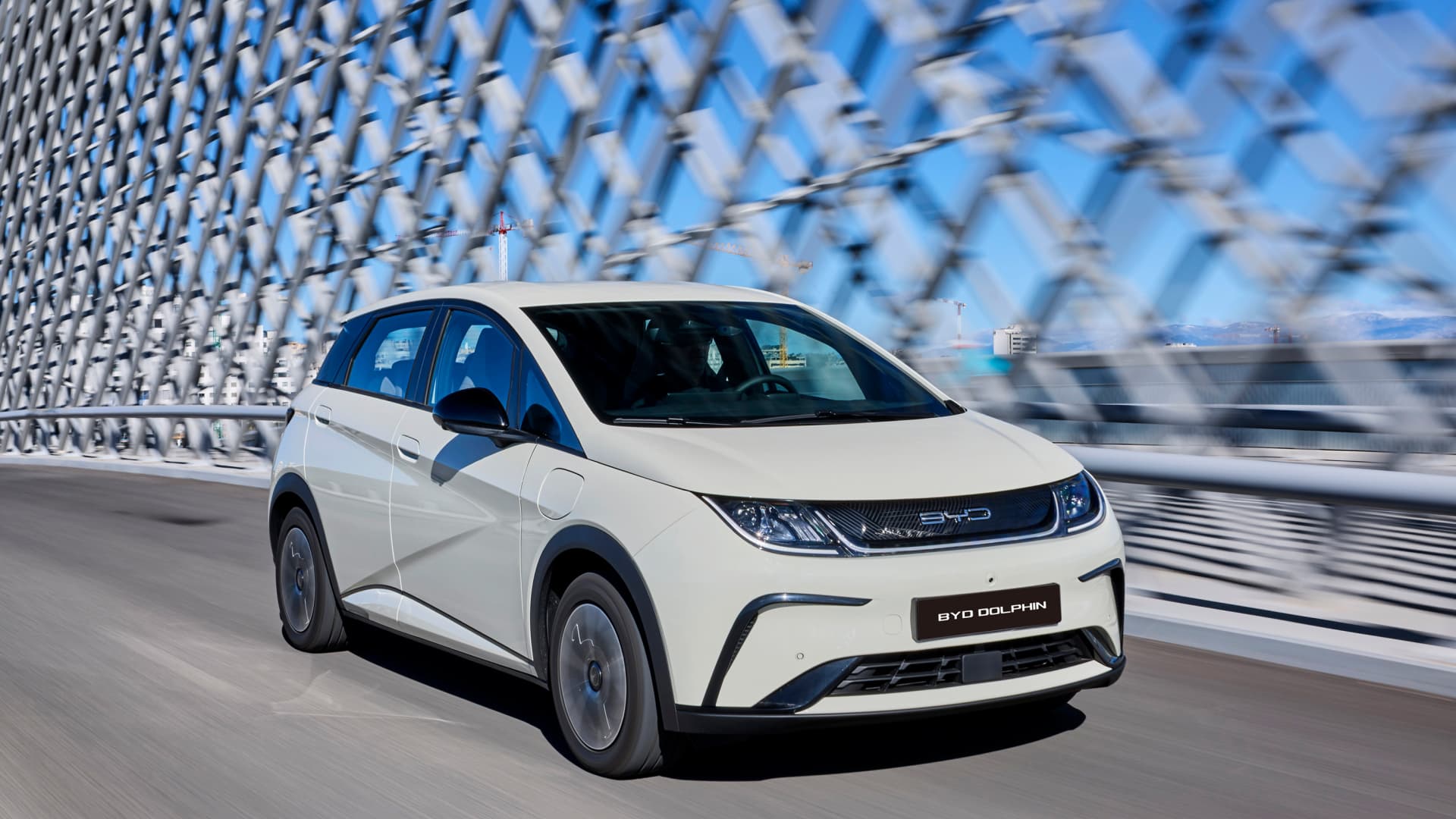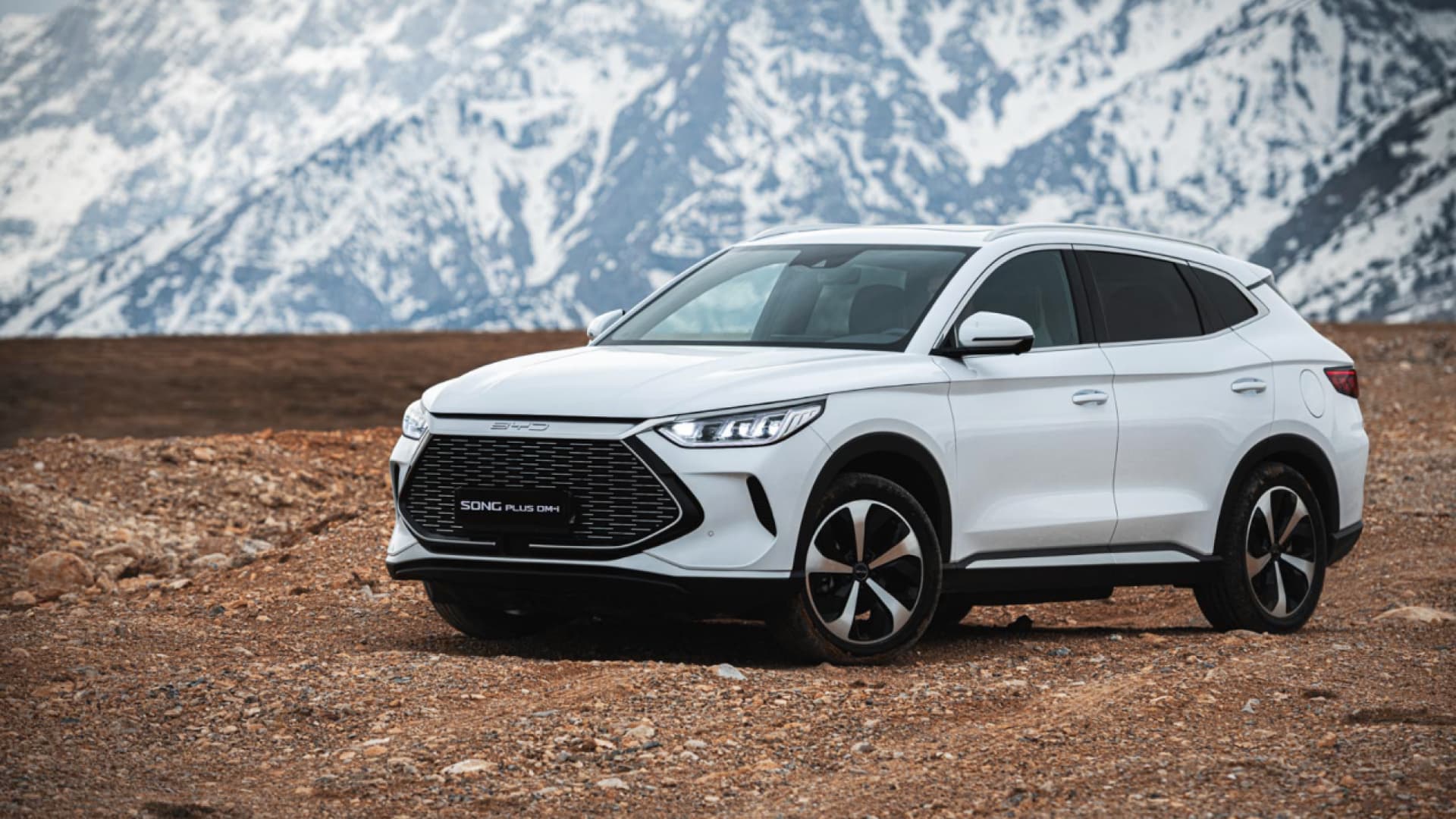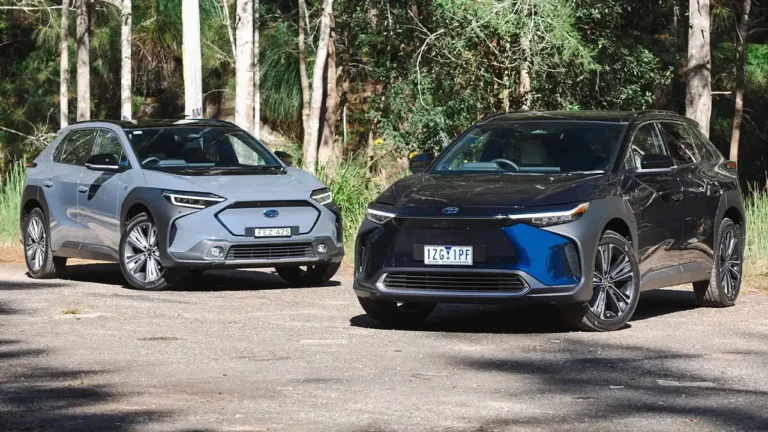
BYD
After several consecutive quarters of rapid expansion, BYD has now entered a phase of strategic adjustment.
According to its recently released third-quarter financial report, the automaker’s growth momentum has eased into a “buffer” period.
During the first three quarters of the year, BYD sold 3.26 million vehicles, maintaining its position as the top-selling automaker in China and completing more than 70% of its annual sales target.
The company’s total revenue for the nine-month period reached 566.27 billion yuan, setting a new record and averaging 2 billion yuan in daily income.
However, for the first time in three years, both sales volume and revenue declined in the third quarter. Net profit for the period fell to 7.823 billion yuan, marking a 30% year-on-year decrease.
The primary reason behind this dip lies in BYD’s increased R&D investment during the ongoing technological transition cycle.
Unsurprisingly, the market reacted to the surface-level slowdown, with BYD’s stock price dropping 2.3%. Yet, to truly understand the company’s fundamentals, one must look deeper than the headline figures.
Despite the short-term slowdown, BYD’s sales performance remains solid.
In the first nine months of this year, the company sold 3.26 million new energy vehicles (NEVs), an 18.64% year-on-year increase, firmly holding onto its No. 1 spot in the domestic market.
That said, third-quarter sales totaled 1.114 million units, representing a 1.85% year-on-year decline, the first quarterly drop in three years.

For the first time, BYD has also “cautiously” announced an annual sales target, 4.6 million vehicles. By the end of September, the company had achieved 70.87% of that goal, leaving 1.34 million units still to be delivered.
To hit the target, BYD will need to deliver around 446,600 vehicles per month over the next three months, a demanding but achievable task, judging by last year’s fourth-quarter performance.
In terms of product mix, pure electric vehicles (EVs) accounted for 1.606 million units in the first three quarters, up 37.3% year-on-year and representing 49.3% of total sales. Notably, BYD’s EV deliveries have surpassed Tesla’s for four consecutive quarters.
Financially, revenue growth has closely mirrored the sales trend. From January to September, BYD’s total revenue reached 566.27 billion yuan, up 13% year-on-year, marking its highest level ever for the period. On average, the company generated 2 billion yuan per day in revenue.
However, third-quarter revenue came in at 194.985 billion yuan, a 3.05% year-on-year decrease and 2.9% lower than the previous quarter, the first revenue dip in three years.
In terms of profitability, BYD’s net profit attributable to shareholders over the first nine months totaled 23.33 billion yuan, down 7.55% compared to last year.
For the third quarter alone, net profit was 7.823 billion yuan, marking two consecutive quarters of decline and a 32.6% drop year-on-year. This mirrors the general profit contraction trend seen across the auto industry during the first half of the year.
Nevertheless, even with reduced margins, BYD remains one of China’s most profitable automakers—earning an estimated 85.46 million yuan in net profit per day.

Solid Cash Flow and Asset Structure
BYD’s net cash flow from operating activities stood at 40.845 billion yuan. As of the end of September, its cash and cash equivalents totaled 1.1175 trillion yuan, reflecting a robust liquidity position.
By the close of the third quarter, BYD’s total assets were 901.925 billion yuan, while total liabilities reached 643.527 billion yuan, resulting in an asset-liability ratio of approximately 71.35%. Compared to industry averages in the first half of the year, this ratio remains within the low-to-mid range.
Meanwhile, accounts payable and notes payable amounted to 225.015 billion yuan, a 6.4% year-on-year decrease, suggesting the company may have optimized its payment schedule due to its strong cash reserves.
BYD’s performance throughout the first three quarters of the year has remained impressive. However, the third quarter introduced a growth “buffer”, reflecting a shift from rapid expansion to strategic consolidation, a phase where the company continues to sell more but earn less as it invests heavily in future technologies.



